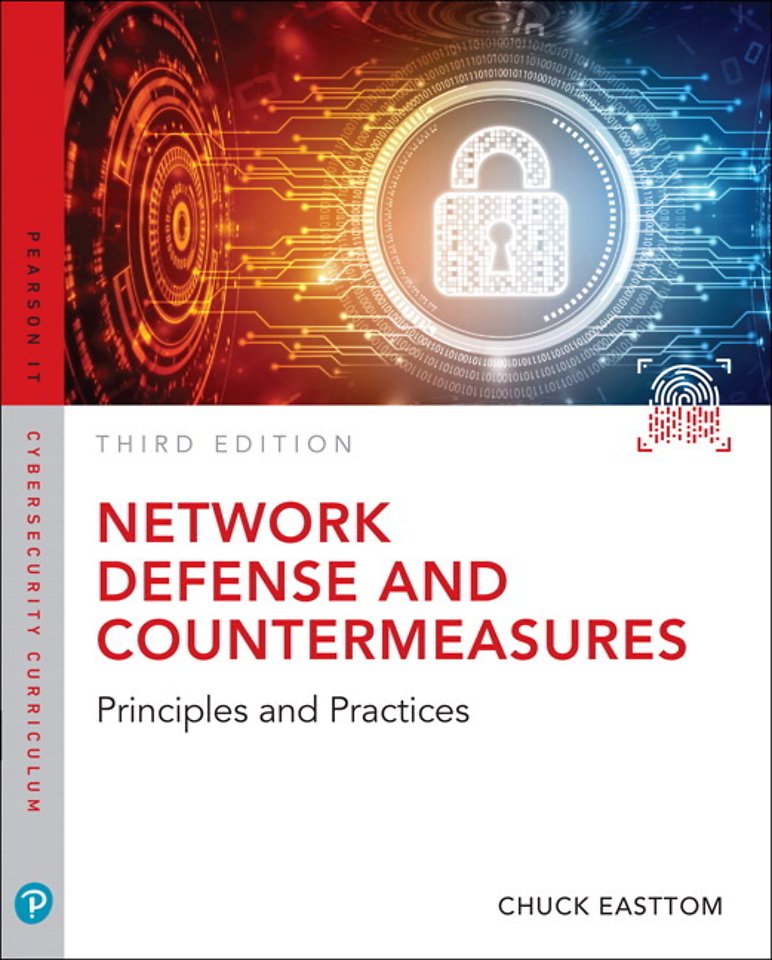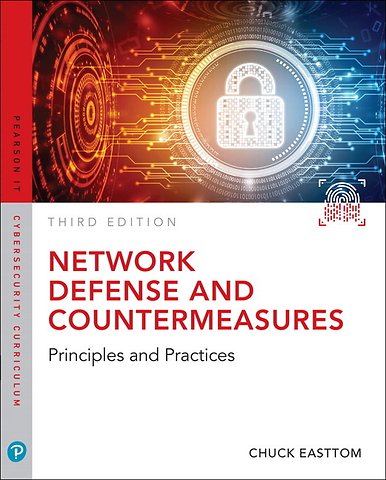Network Defense and Countermeasures
Principles and Practices
Paperback Engels 2018 9780789759962Samenvatting
Network Defense and Countermeasures: Principles and Practices, Third Edition is designed to be the ideal one-volume gateway into the field of network defense. It brings together thoroughly updated coverage of all basic concepts, terminology, and issues, along with the practical skills essential to network defense. Drawing on his extensive experience as both an IT professional and instructor, Chuck Easttom thoroughly covers core topics such as practical applications of firewalls, intrusion detection systems, encryption fundamentals, operating system hardening, defending against virus attacks, Trojan horses and spyware, Ransomware, malware, security policies and security standards. Unlike many other authors, however, he also fully addresses more specialized issues, including cryptrography, industrial espionage and encryption - including public/private key systems, digital signatures, and certificates.
Specificaties
Lezersrecensies
Inhoudsopgave
Rubrieken
- advisering
- algemeen management
- coaching en trainen
- communicatie en media
- economie
- financieel management
- inkoop en logistiek
- internet en social media
- it-management / ict
- juridisch
- leiderschap
- marketing
- mens en maatschappij
- non-profit
- ondernemen
- organisatiekunde
- personal finance
- personeelsmanagement
- persoonlijke effectiviteit
- projectmanagement
- psychologie
- reclame en verkoop
- strategisch management
- verandermanagement
- werk en loopbaan

